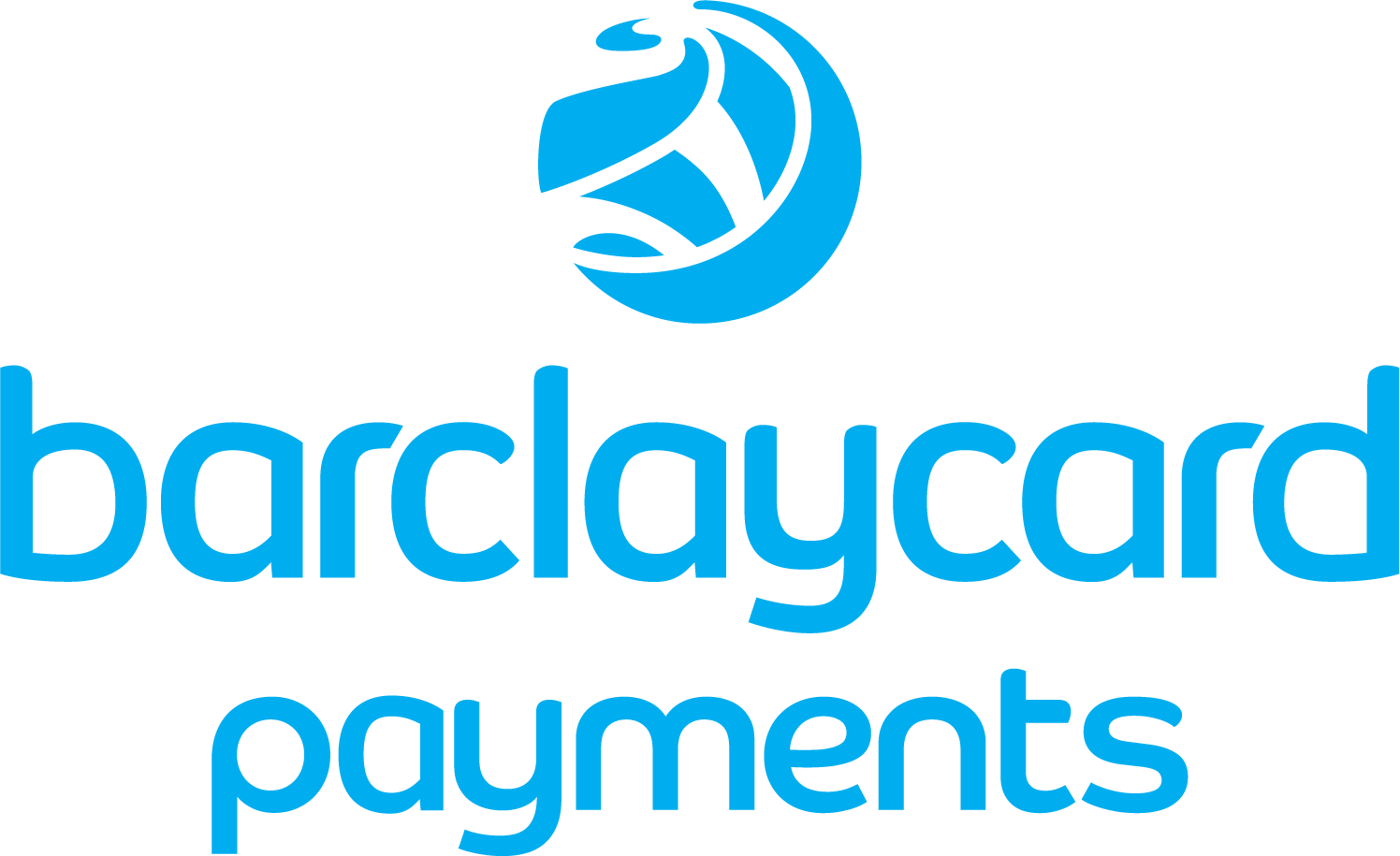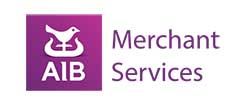- Accept card payments – lowest rates from 0.27%
- Keep your card processing fees to a minimum
- Direct access to the UK’s leading card processing banks
- We ensure your rates always remain competitive
No spam emails or calls
Choose from the payment methods then click Next
What's your turnover each month?
Enter the name of your company
Enter your company's postcode and contact number
Tell us what you need
Fill in our quick form and we’ll give you a call for a brief 5-minute chat to understand exactly what you're looking for.
Get tailored quotes
We’ll match you with up to three of the most competitive offers from our trusted providers that suit your business.
Pick with confidence
We’ll help you understand the options so you can choose the best fit — quickly, clearly, and without any pressure.






The Benefits of Tap to Pay: Simplifying Your Payment Experience
In today’s fast-paced world, convenience and speed are key—especially when it comes to payments. Tap to Pay has revolutionised the way consumers and businesses handle transactions, offering a seamless alternative to cash and traditional card payments. With the rise of contactless payments, paying for goods and services is now as simple as a quick tap of your phone, wearable device, or contactless cards.
For UK businesses looking to accept in person payments efficiently, integrating tap to pay technology with contactless card capabilities is a game-changer. This article explores the benefits of contactless technology, how it works, and why businesses should enable tap payments to enhance customer experience.
What is Tap to Pay?
Tap to Pay is a payment method that uses Near Field Communication (NFC)—a form of field communication—to allow secure transactions without physical contact. Instead of inserting or swiping a card, users simply complete a purchase by tapping their payment card, iPhone, or Android device near a payment terminal.
This technology is supported by major digital wallets like Apple Pay, Google Pay, and Samsung Pay, allowing consumers to use tap to pay without carrying physical cards. The contactless symbol (a wave-like icon) indicates where these payments are accepted.
How Does Tap to Pay Work?
When a customer makes a contactless payment, the payment device and the terminal communicate wirelessly via NFC, generating a unique, one-time code for each transaction to minimize counterfeit fraud. Here’s a breakdown of the process:
-
Initiation – The customer holds their phone or contactless cards (such as Visa contactless cards) within a few inches of the terminal.
-
Authentication – For mobile payments, the device may require biometric verification (like Face ID or fingerprint) or a PIN.
-
Transaction Processing – The terminal sends encrypted payment details (without exposing card numbers) to the bank or card issuer for approval.
-
Completion – A confirmation appears, and the payment is complete—just a tap and you’re done!
Unlike traditional methods, tap to pay doesn’t require an extra hardware like a physical card reader for merchants who accept payments via smartphones.
Why Businesses Should Accept Contactless Payments
1. Faster Checkout Process
With tap to pay, transactions take seconds—reducing queues and improving customer satisfaction. There’s no need to fumble for cash or wait for chip-and-PIN authorisation.
2. Enhanced Security
Secure payments are a major advantage of contactless technology. Instead of sharing actual card numbers, each transaction generates a unique token, reducing fraud risk. Additionally, Apple Pay and Google Pay do not store card numbers on devices or servers, ensuring sensitive customer data is safeguarded. They also use device-specific authentication, ensuring only authorised users can make payments.
3. Growing Consumer Preference
More UK shoppers prefer mobile payments and contactless cards over cash. Businesses that accept contactless payments can easily integrate payment solutions using smartphones, enabling transactions directly on compatible iPhones and Android phones, and attracting tech-savvy customers.
4. No Need for Physical Card Readers
Merchants using Apple Pay or Google Pay can accept in person payments directly through an iPhone or Android phone—eliminating the need for additional card readers. Sensitive card information is protected by the security mechanisms built into the iPhone, and importantly, Apple does not store card numbers on devices or on Apple servers, reinforcing user privacy and data security.
5. Lower Risk of Lost Sales
Since tap to pay doesn’t require physical cards, businesses reduce the risk of declined transactions due to damaged cards or forgotten wallets, and safeguard purchases with policies like Visa’s Zero Liability Policy against unauthorized transactions.
Accepting Payments with Tap to Pay
Accepting payments with Tap to Pay is a convenient and secure way to process transactions in person. With Tap to Pay, businesses can accept contactless payments, including Apple Pay, Google Pay, and Samsung Pay, using just their phone. This eliminates the need for extra hardware, making it an ideal solution for businesses that want to accept payments on the go.
To accept payments with Tap to Pay, businesses simply need to enable the feature in their payment app or download a new app that supports Tap to Pay. Once enabled, businesses can start accepting contactless payments from customers using their iPhone or Android device.
Tap to Pay uses the same technology as contactless cards, allowing customers to make payments with just a tap of their phone or wearable device. This technology is secure and convenient, making it an ideal solution for businesses that want to provide a seamless payment experience for their customers.
One of the benefits of using Tap to Pay is that it eliminates the need for customers to physically hand over their card or cash, reducing the risk of accidental taps or lost cards. Additionally, Tap to Pay uses tokenization to protect sensitive payment information, ensuring that transactions are secure and protected.
To accept payments with Tap to Pay, businesses will need to ensure that their iPhone or Android device is compatible with the feature. For iPhone users, this means having the latest version of iOS and a device that supports NFC. For Android users, this means having a device that runs Android 5.0 or later and supports NFC.
Once a business has enabled Tap to Pay, they can start accepting contactless payments from customers. To do this, customers simply need to hold their phone or wearable device near the payment terminal, and the transaction will be processed securely and efficiently.
Tap to Pay is a convenient and secure way for businesses to accept payments in person. With its ease of use and secure technology, it’s an ideal solution for businesses that want to provide a seamless payment experience for their customers.
How to Enable Tap to Pay for Your Business
To integrate tap payments, follow these steps:
-
Ensure Your Payment Terminal Supports NFC – Most modern payment terminals in the UK already have this feature.
-
Set Up a Digital Wallet-Compatible System – If you want to accept payments via Apple Pay or Google Pay, ensure your POS system is compatible.
-
Display the Contactless Symbol – Let customers know you accept contactless payments by showing the contactless indicator at checkout. This enhances the shopping experience by allowing payments to be completed anywhere within the store, making the checkout process more convenient and reducing wait times.
-
Train Staff – Ensure employees understand how tap to pay works to assist customers efficiently.
For small businesses, services like Pay on iPhone (for iOS) or Android Tap (for Android devices) allow merchants to accept payments without extra hardware.
Security Concerns: Is Tap to Pay Safe?
One common question is whether tap to pay is secure. The short answer: yes. Here’s why:
-
Tokenization – Instead of transmitting real card numbers, digital wallets use one-time tokens.
-
Biometric Authentication – Apple Pay and Google Pay require Face ID, Touch ID, or a PIN.
-
Transaction Limits – UK contactless cards have a £100 limit per transaction, reducing risk if a card is stolen.
-
No Accidental Taps – The terminal must be within a few inches, so you won’t accidentally tap and pay.
Additionally, if a phone is lost, services like Find My iPhone or Google’s Find My Device can remotely lock the wallet.
Tap to Pay vs. Traditional Payment Methods
|
Feature |
Tap to Pay |
Chip & PIN |
Cash |
|---|---|---|---|
|
Speed |
⚡ Instant |
⏳ Slower |
💷 Slow |
|
Security |
🔒 High (Tokenization) |
🔒 Medium |
🚫 Low (Risk of theft) |
|
Convenience |
📱 Just your phone |
💳 Requires card |
💵 Needs exact change |
|
Hygiene |
✅ No contact |
❌ Card insertion |
❌ Physical handling |
As seen above, tap to pay outperforms traditional methods in speed, security, and convenience.
The Future of Tap to Pay in the UK
The UK is a leader in contactless technology, with over 87% of in-person transactions now made via tap to pay (UK Finance, 2023). Trends indicate further growth, with innovations like:
-
Wearable Payments – Smartwatches and rings with NFC capabilities.
-
Larger Transaction Limits – As security improves, limits may increase.
-
Broader Merchant Adoption – More small businesses will enable tap payments.
Conclusion: Why You Should Use Tap to Pay
Whether you’re a business owner looking to accept payments faster or a consumer wanting a hassle-free checkout, tap to pay is the future. With benefits like speed, security, and convenience, it’s no surprise that mobile payments and contactless cards dominate UK transactions.
By adopting contactless technology, businesses can streamline operations, reduce cash handling, and meet customer expectations. For consumers, paying with just your phone or wearable device means fewer cards to carry and quicker checkouts.